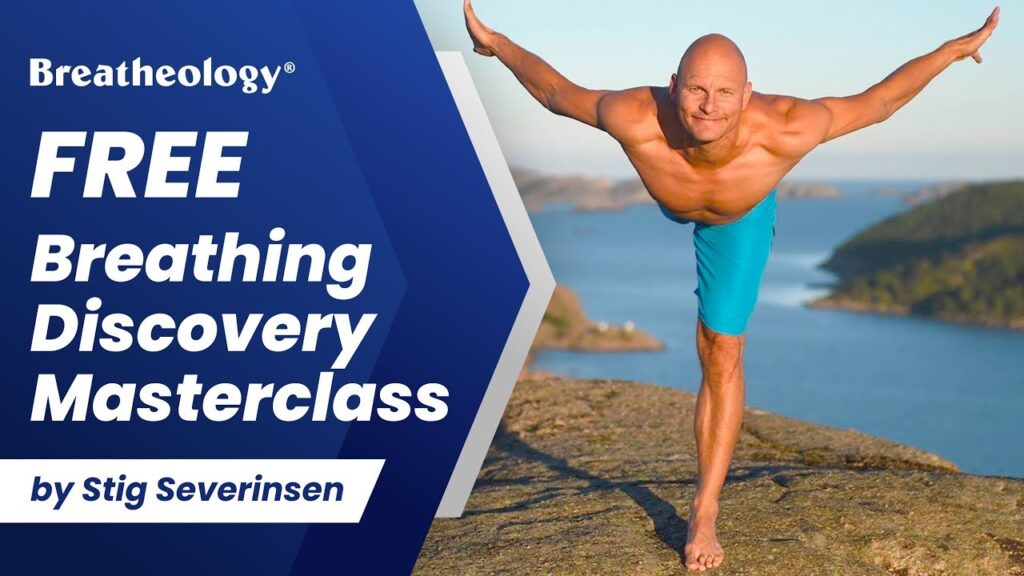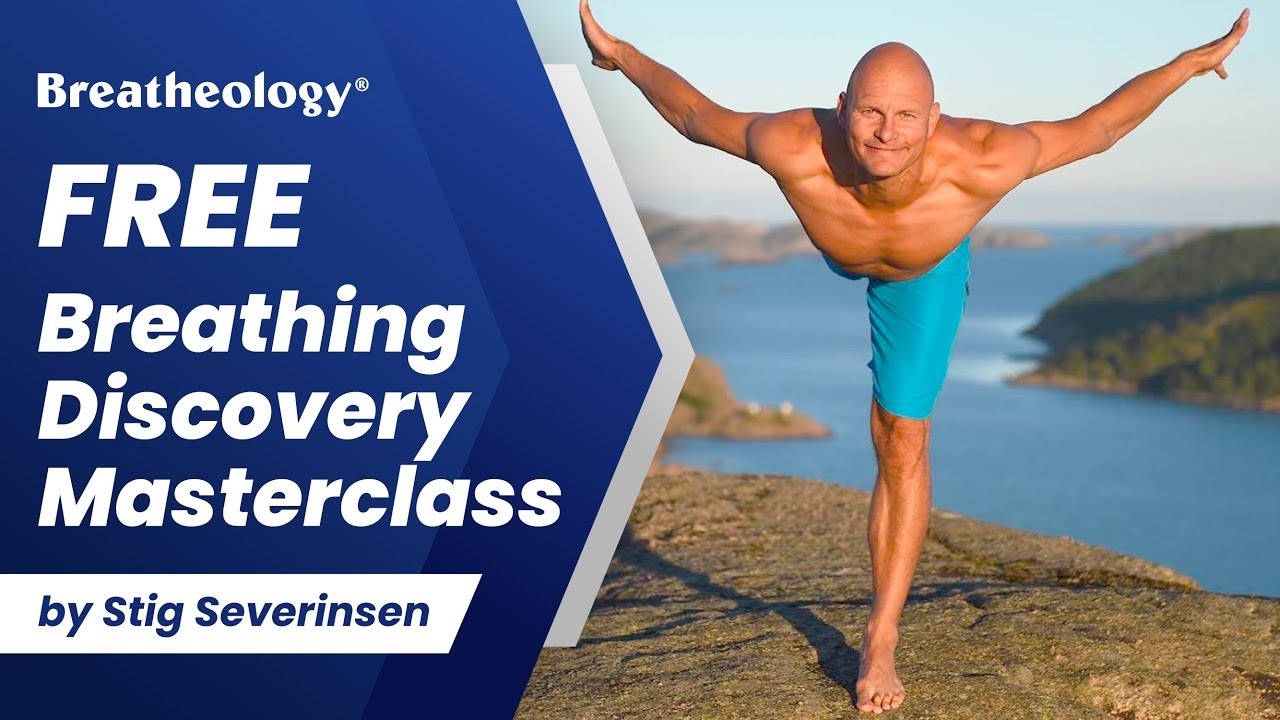
Unlocking Superhuman Breath: The Science and Practice of Optimized Breathing
In a world obsessed with physical prowess and mental acuity, a fundamental aspect of human performance often gets overlooked: breathing. While we breathe unconsciously every moment of our lives, consciously manipulating our breath, often referred to as “superhuman breath” practices, can unlock a cascade of physiological and psychological benefits. This article delves into the science and practice of optimized breathing techniques, exploring how they can enhance physical endurance, reduce stress, improve focus, and even promote longevity. The journey to understanding and mastering your breath begins now. The power of consciously controlling your breathing, transforming ordinary breaths into something truly extraordinary, awaits.
The Science Behind Superhuman Breath
Breathing is far more than just an exchange of oxygen and carbon dioxide. It’s a complex physiological process intricately linked to the autonomic nervous system, which controls involuntary functions like heart rate, digestion, and stress response. Understanding this connection is crucial to appreciating the potential of optimized breathing.
The Autonomic Nervous System and Breathing
The autonomic nervous system has two primary branches: the sympathetic nervous system (SNS), responsible for the “fight or flight” response, and the parasympathetic nervous system (PNS), responsible for the “rest and digest” response. When we’re stressed or anxious, the SNS becomes dominant, leading to rapid, shallow breathing. Conversely, when we’re relaxed and calm, the PNS takes over, resulting in slow, deep breathing.
Consciously controlling our breath allows us to directly influence the autonomic nervous system. By practicing specific breathing techniques, we can shift the balance from the SNS to the PNS, promoting relaxation, reducing stress hormones like cortisol, and improving overall well-being. This is the essence of many “superhuman breath” techniques.
The Physiological Benefits of Optimized Breathing
- Increased Oxygenation: Deep, diaphragmatic breathing allows for greater lung capacity utilization, leading to increased oxygen intake and delivery to tissues and organs.
- Reduced Blood Pressure: Slow, controlled breathing can lower blood pressure by activating the PNS and reducing sympathetic nervous system activity.
- Improved Heart Rate Variability (HRV): HRV is a measure of the variation in time intervals between heartbeats. Higher HRV is associated with better cardiovascular health, stress resilience, and overall well-being. Optimized breathing can improve HRV.
- Enhanced Mental Clarity: Increased oxygenation and reduced stress hormones can improve cognitive function, focus, and mental clarity.
- Pain Management: Breathing techniques can be used to manage pain by activating the body’s natural pain-relieving mechanisms.
Techniques for Cultivating Superhuman Breath
Several breathing techniques have been shown to offer significant benefits. Here are a few of the most popular and effective:
Diaphragmatic Breathing (Belly Breathing)
This technique involves breathing deeply from the diaphragm, the large muscle at the base of the lungs. To practice diaphragmatic breathing:
- Lie on your back with your knees bent.
- Place one hand on your chest and the other on your abdomen.
- Inhale slowly through your nose, allowing your abdomen to rise while keeping your chest relatively still.
- Exhale slowly through your mouth, allowing your abdomen to fall.
- Repeat for several minutes, focusing on the sensation of your breath.
Diaphragmatic breathing can help to reduce stress, lower blood pressure, and improve oxygenation. Regular practice can lead to a more relaxed and efficient breathing pattern.
Box Breathing
Box breathing, also known as square breathing, is a simple yet powerful technique that can help to calm the mind and body. It involves inhaling, holding, exhaling, and holding again, each for the same duration.
- Inhale slowly through your nose for a count of four.
- Hold your breath for a count of four.
- Exhale slowly through your mouth for a count of four.
- Hold your breath for a count of four.
- Repeat for several minutes.
Box breathing is a versatile technique that can be used in a variety of situations, from managing anxiety to improving focus. It’s particularly effective for calming the nervous system during moments of stress. [See also: The Benefits of Mindfulness Meditation]
Wim Hof Method
The Wim Hof Method, developed by Dutch extreme athlete Wim Hof, combines specific breathing techniques with cold exposure and commitment. The breathing component involves hyperventilation followed by breath retention.
Disclaimer: The Wim Hof Method involves intense breathing and breath-holding, which can be dangerous if practiced incorrectly. It’s essential to learn the technique from a qualified instructor and to practice in a safe environment.
The Wim Hof Method is believed to offer a range of benefits, including increased energy levels, improved immune function, and enhanced stress resilience. However, more research is needed to fully understand the mechanisms and long-term effects of this method.
Alternate Nostril Breathing (Nadi Shodhana)
This yogic breathing technique involves alternately closing one nostril while breathing through the other. It’s believed to balance the left and right hemispheres of the brain, promoting relaxation and mental clarity.
- Sit comfortably with your spine straight.
- Close your right nostril with your right thumb.
- Inhale slowly and deeply through your left nostril.
- Close your left nostril with your right ring finger and release your right thumb.
- Exhale slowly through your right nostril.
- Inhale through your right nostril.
- Close your right nostril with your right thumb and release your left ring finger.
- Exhale through your left nostril.
- Repeat for several minutes, alternating nostrils with each breath.
Alternate nostril breathing can help to reduce stress, improve focus, and promote a sense of calm. It’s a gentle and effective technique that can be easily incorporated into a daily routine.
Integrating Superhuman Breath into Your Life
The key to unlocking the benefits of optimized breathing is consistency. By incorporating these techniques into your daily routine, you can gradually train your body and mind to breathe more efficiently and effectively.
Start Small
Begin with just a few minutes of practice each day and gradually increase the duration as you become more comfortable. Even a few minutes of diaphragmatic breathing or box breathing can make a noticeable difference in your stress levels and overall well-being.
Be Mindful
Pay attention to your breath throughout the day. Notice when you’re holding your breath or breathing shallowly, and consciously make an effort to breathe more deeply and slowly. This awareness will help you to break unhealthy breathing patterns and cultivate a more natural, optimized breath.
Use Breathing as a Tool
Use breathing techniques as a tool to manage stress, improve focus, and enhance performance in various situations. Before a presentation, during a workout, or when feeling overwhelmed, take a few moments to practice a breathing exercise. [See also: How to Manage Stress Effectively]
Seek Guidance
If you’re interested in exploring more advanced breathing techniques, consider seeking guidance from a qualified instructor. A knowledgeable teacher can provide personalized instruction and ensure that you’re practicing safely and effectively.
The Future of Superhuman Breath
As research into the benefits of optimized breathing continues to grow, we can expect to see even more innovative applications of these techniques in the future. From enhancing athletic performance to treating chronic health conditions, the potential of “superhuman breath” is vast and largely untapped. By understanding the science and embracing the practice, we can all unlock the power of our breath and transform our lives.
In conclusion, the concept of “superhuman breath” isn’t about achieving superhuman abilities in a literal sense, but rather about optimizing a fundamental human function to unlock our full potential. By consciously controlling our breathing, we can influence our autonomic nervous system, reduce stress, improve focus, enhance physical performance, and promote overall well-being. The journey to mastering your breath begins with awareness and consistent practice. Embrace the power of your breath, and unlock the extraordinary within.

